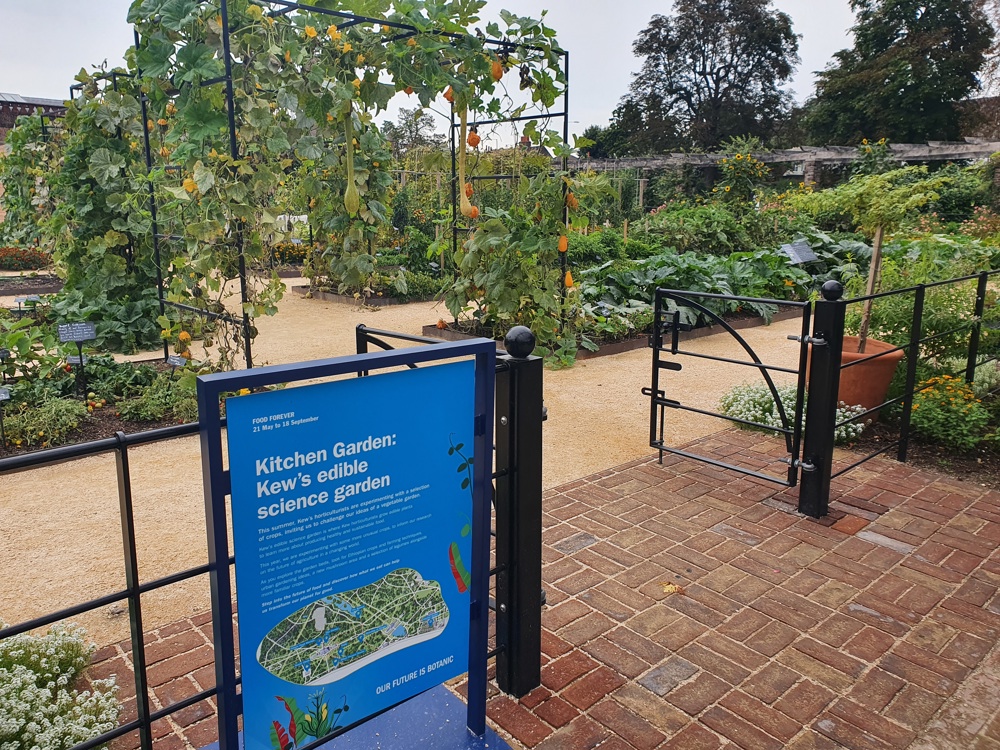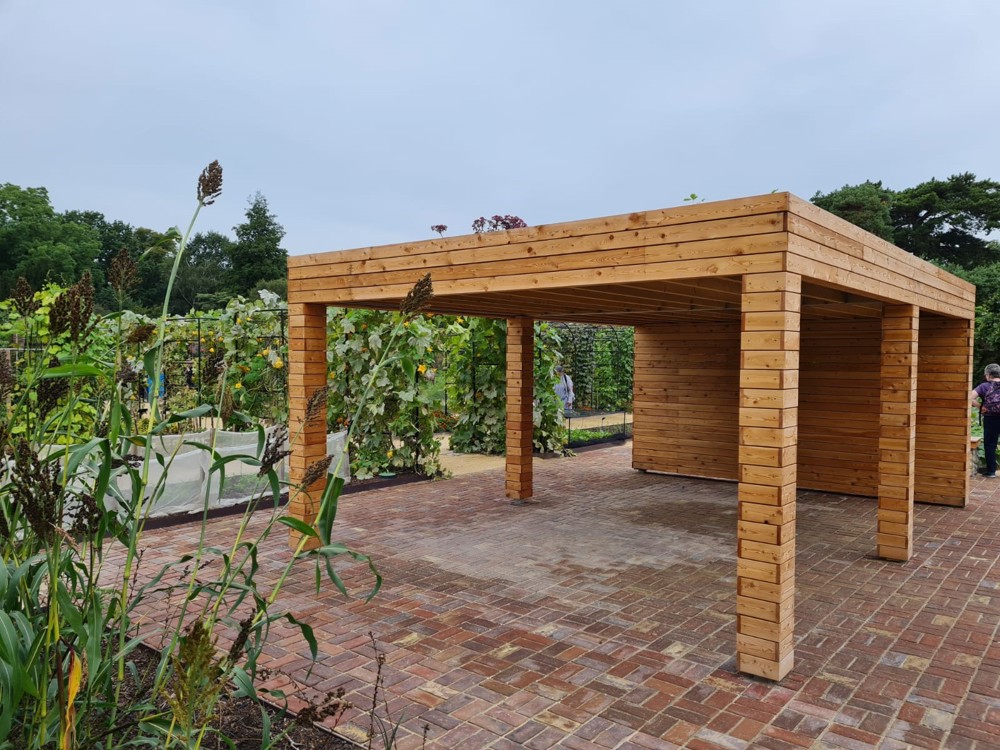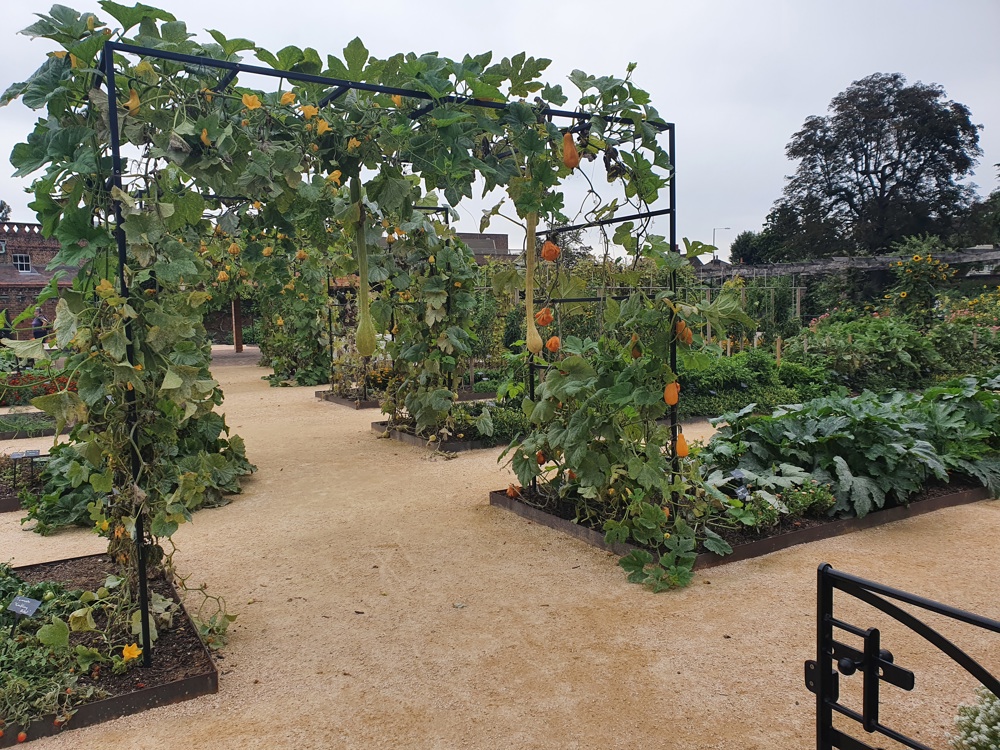Edible Science: Kew’s Kitchen Garden
Overview:
Originally created for the 2015 TV series ‘Kew on a Plate’, Edible Science: Kew’s Kitchen Garden has since grown in popularity and is a key visitor and education attraction at Kew Gardens. The garden features a range of seasonal vegetables and choice cultivars that are on display throughout the year.
Used by visitors to Kew Gardens, school groups, and home to weekly horticulture and science tours, and produce sales, our works within Edible Science: Kew’s Kitchen Garden was to provide a modern revamp that increases accessibility, improves the visitor experience, and supports the horticulturalist’s 'no dig' method used throughout.
Hard Landscaping and Construction
- Timber pergola
- Porous, self-binding gravel footpaths
- Metal-edged planting beds
- Fencing and gate installation
Additional Works
- New irrigation points
- Climbing structures
The delivery of the project was completed on behalf of Royal Botanical Gardens, KEW.
Scope of Works:
Revamping the garden involved a range of different works, all with the goal of creating a garden that was suitable for the day-to-day use by visitors and school groups, and focused events including weekly horticulture and science tours, and Kew’s very own produce sales.
It was also imperative that works made the garden more operationally friendly for the planting teams and for transporting produce to the Kew restaurants.

Improving Accessibility:
Prior to works commencing, during spells of wet weather the grass paths on site became inaccessible for visitors using prams and wheelchairs. This issue extended to Edible Science: Kew’s Kitchen Garden team who used wheelbarrows to maintain the crops.
The solution was the installation of new path surfaces, metal-edged planting beds, fencing, and gates to create a useable footpath network throughout the garden. Grass and turf paths were upgraded to a porous, self-binding gravel, installed mostly without excavation, using a cellular confinement system. This surface is a loose material that compacts with use but retains porosity.

Improvements were also made to the area to improve accessibility for school and educational groups with the creation of a ‘gathering’ and ‘talks’ space, paved with clay brick pavers. This hard-wearing surface meets the need for a garden that as a whole attracts in excess of two million visitors, whilst complimenting the pre-existing brickwork and Rose pergola walkway.

These works also solved the issue of an open boundary which meant there was a lack of suitable netting and little protection from pests.
Supporting Works:
Further upgrades were made to increase the useability for staff and to create a higher quality crop, with the installation of new irrigation points, structures for climbing plants, and a fruit cage.
The planting areas were also raised using metal edges to promote and support Kew’s no-dig cultivation approach.


The Children’s Garden, Royal Botanic Gardens Kew





